
This article examines the future of digital defense through AI-powered cybersecurity, focusing on how AI technologies are transforming threat detection and response. It also discusses challenges like data privacy and ethical concerns, the balance between AI and human oversight, and emerging trends such as autonomous defense and quantum computing's role in cybersecurity.
1. Introduction
2. The Evolution of Cybersecurity
3. What is AI-Powered Cybersecurity?
4. Key Technologies in AI-Powered Cybersecurity
5. AI's Role in Threat Detection
6. AI and Automated Incident Response
7. Challenges of Integrating AI in Cybersecurity
8. AI vs. Cybercriminals: The Ongoing Battle
9. Case Studies of AI-Powered Cybersecurity
10. Future Trends in AI-Powered Cybersecurity
11. Balancing AI and Human Expertise
12. Regulatory and Compliance Considerations
13. Implementing AI in Your Cybersecurity Strategy
14. Conclusion
15. FAQs
AI-Powered Cybersecurity: Defending the Digital Frontier
1. Introduction
In today’s rapidly evolving digital landscape, cybersecurity has become more crucial than ever. With the increasing complexity of cyber threats, traditional security measures are no longer sufficient. This is where artificial intelligence (AI) steps in, offering advanced solutions to protect our digital frontier. But what exactly is AI-powered cybersecurity, and why is it becoming the cornerstone of modern cyber defense? Let’s dive in.
2. The Evolution of Cybersecurity

Traditional Cybersecurity Measures
For years, cybersecurity relied on firewalls, antivirus software, and manual monitoring to protect data. These methods were effective in the past but have struggled to keep up with the sophisticated attacks we see today.
Limitations of Conventional Approaches
Traditional methods often fail to detect new or evolving threats quickly. They rely heavily on known signatures, which means that anything novel can slip through the cracks, leaving systems vulnerable to attacks.
3. What is AI-Powered Cybersecurity?
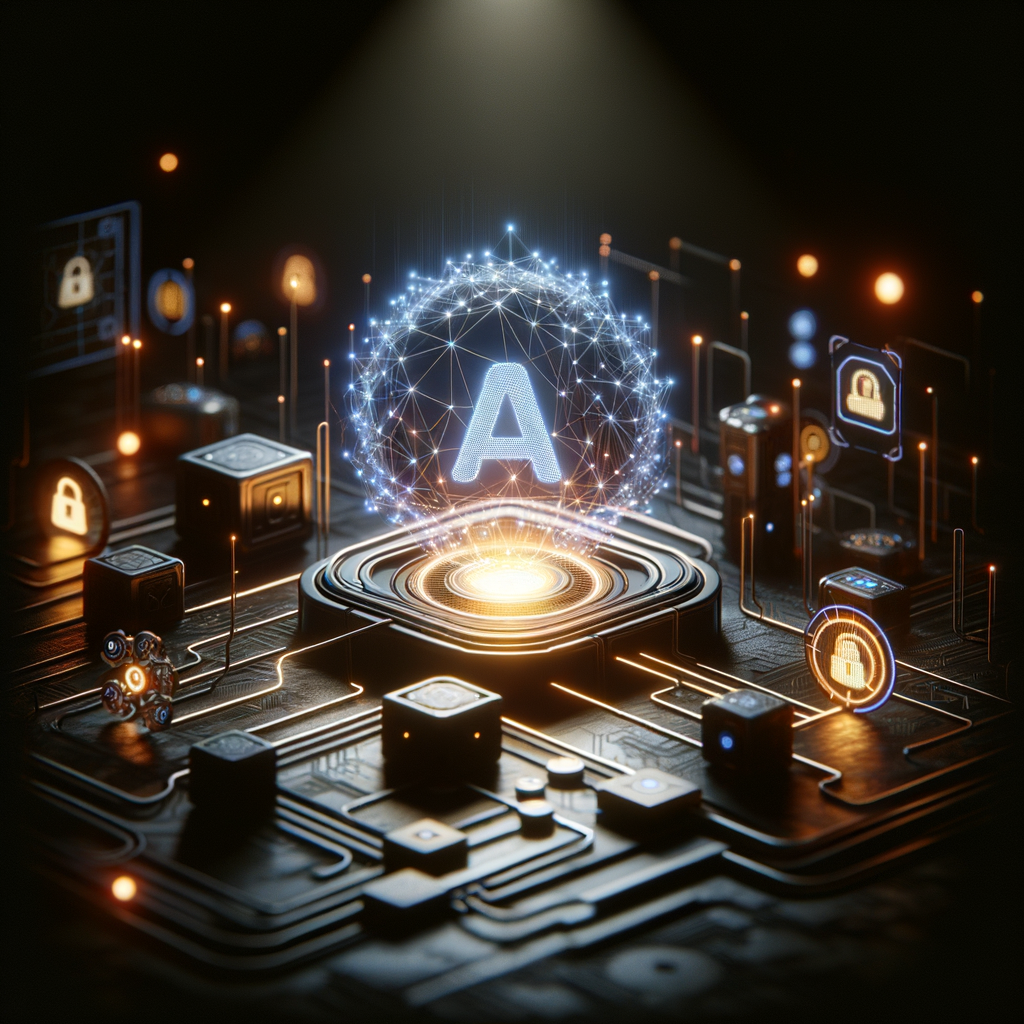
Defining AI in the Context of Cybersecurity
AI-powered cybersecurity leverages machine learning, natural language processing, and other AI technologies to enhance threat detection, automate responses, and predict potential security breaches. It’s a proactive approach that goes beyond reactive defenses.
How AI Enhances Cybersecurity
AI systems can analyze vast amounts of data in real-time, identifying patterns and anomalies that may indicate a cyber threat. This allows for quicker and more accurate detection of attacks, reducing the window of opportunity for cybercriminals.
4. Key Technologies in AI-Powered Cybersecurity
Machine Learning
Machine learning algorithms are at the core of AI-powered cybersecurity. They learn from past incidents and improve over time, becoming more adept at identifying and mitigating threats.
Natural Language Processing
NLP allows AI systems to understand and interpret human language, which is essential for detecting phishing attacks, analyzing communication patterns, and more.
Behavioral Analytics
By analyzing user behavior, AI can establish a baseline of normal activity and quickly identify deviations that may indicate a security breach.
5. AI's Role in Threat Detection
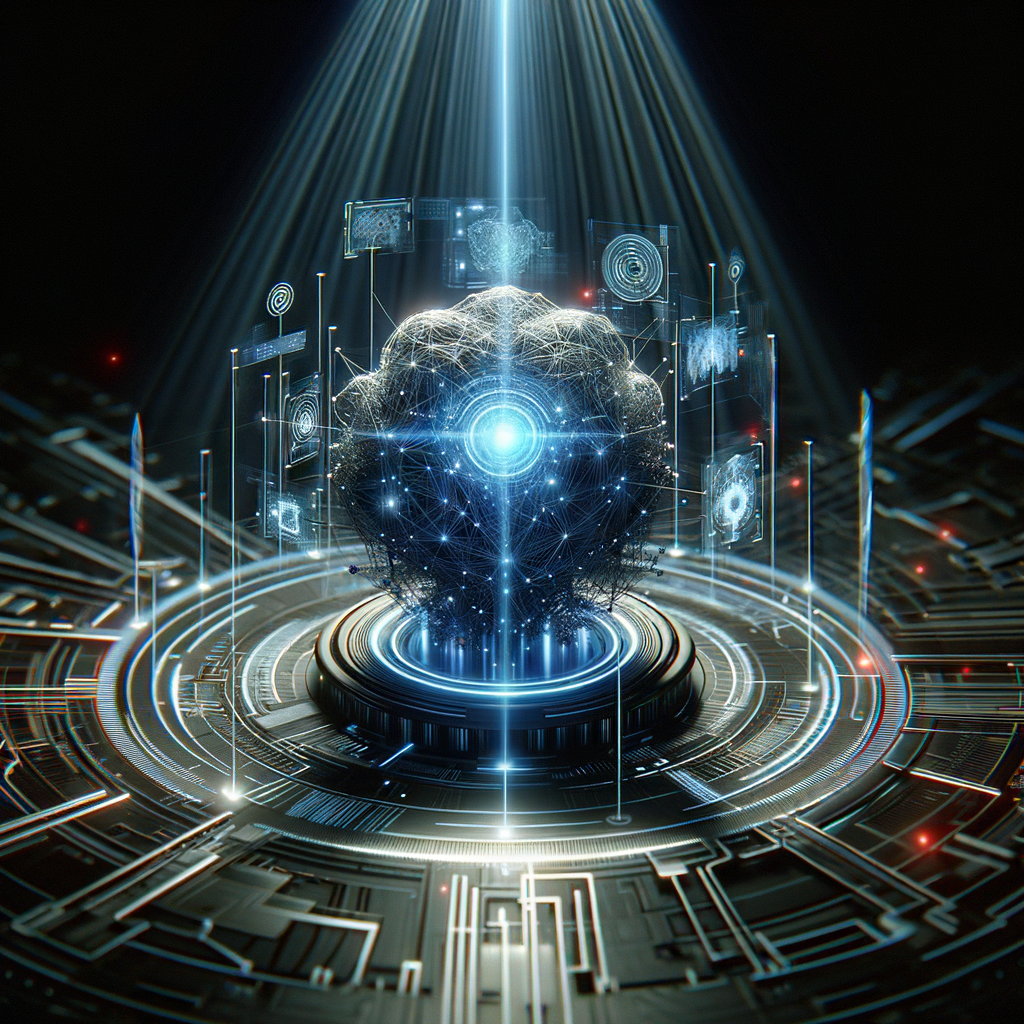
Identifying Known Threats
AI excels at detecting known threats by analyzing vast amounts of data and recognizing patterns that match previous attacks.
Predicting New Threats
One of AI’s most powerful features is its ability to predict and identify new threats before they cause harm, thanks to its advanced learning capabilities.
Real-time Threat Monitoring
AI can monitor systems in real-time, providing continuous protection and ensuring that any suspicious activity is immediately flagged for further investigation.
6. AI and Automated Incident Response
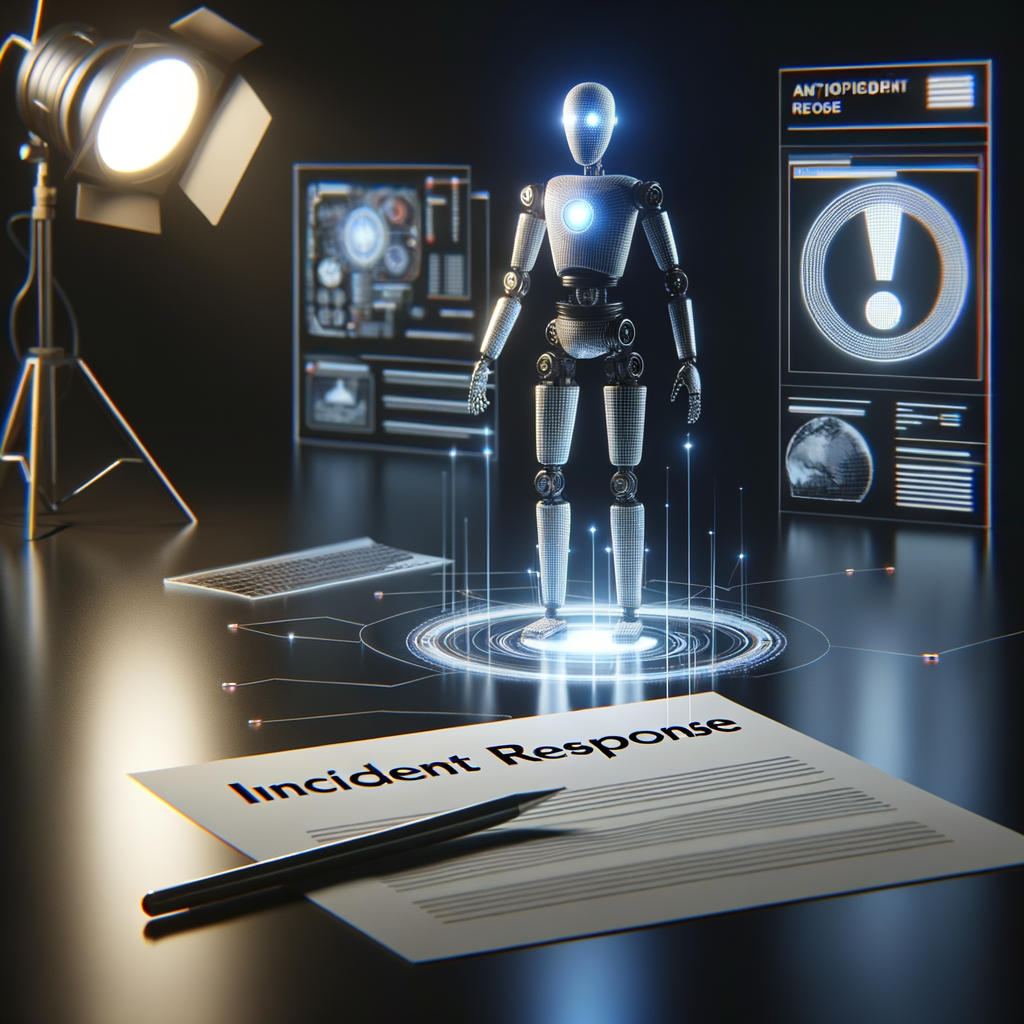
Speeding Up Response Times
AI-driven systems can respond to threats almost instantaneously, significantly reducing the time between detection and mitigation.
Reducing Human Error
By automating responses to common threats, AI minimizes the risk of human error, which is often a weak point in cybersecurity defenses.
Case Studies of AI in Incident Response
Several companies have successfully implemented AI in their incident response strategies, resulting in quicker recovery times and reduced impact from cyberattacks.
7. Challenges of Integrating AI in Cybersecurity

Data Privacy Concerns
The use of AI in cybersecurity raises concerns about data privacy, as these systems require access to large amounts of data to function effectively.
Ethical Considerations
As with any technology, the use of AI in cybersecurity must be guided by ethical considerations, ensuring that it is used responsibly and does not infringe on individual rights.
AI Bias and False Positives
AI systems are not infallible and can produce false positives or be biased in their analysis, which can lead to unnecessary disruptions or overlooked threats.
8. AI vs. Cybercriminals: The Ongoing Battle
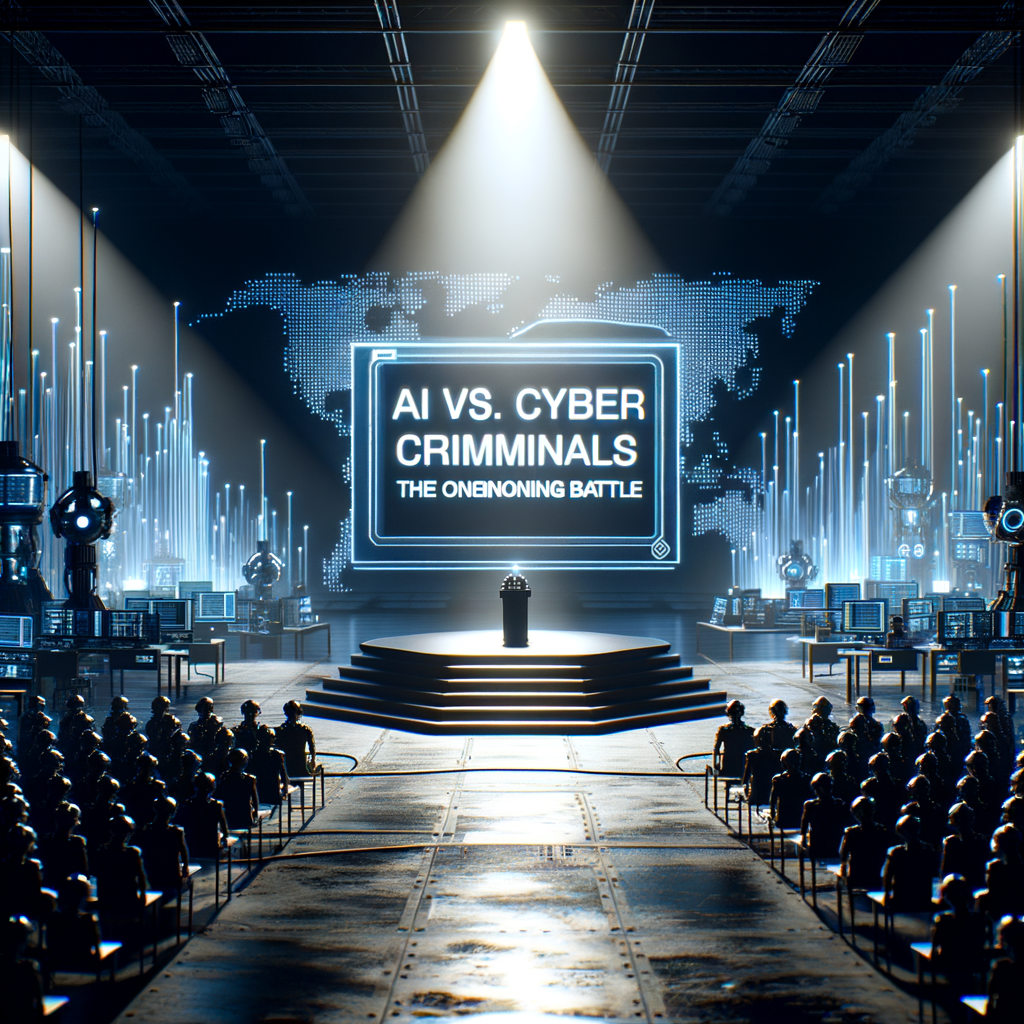
How Cybercriminals are Adapting
As AI becomes more prevalent in cybersecurity, cybercriminals are also evolving their tactics, using AI to develop more sophisticated attacks.
AI in Offensive Cybersecurity
In some cases, AI is used offensively, helping to identify vulnerabilities in systems before they can be exploited by malicious actors.
9. Case Studies of AI-Powered Cybersecurity
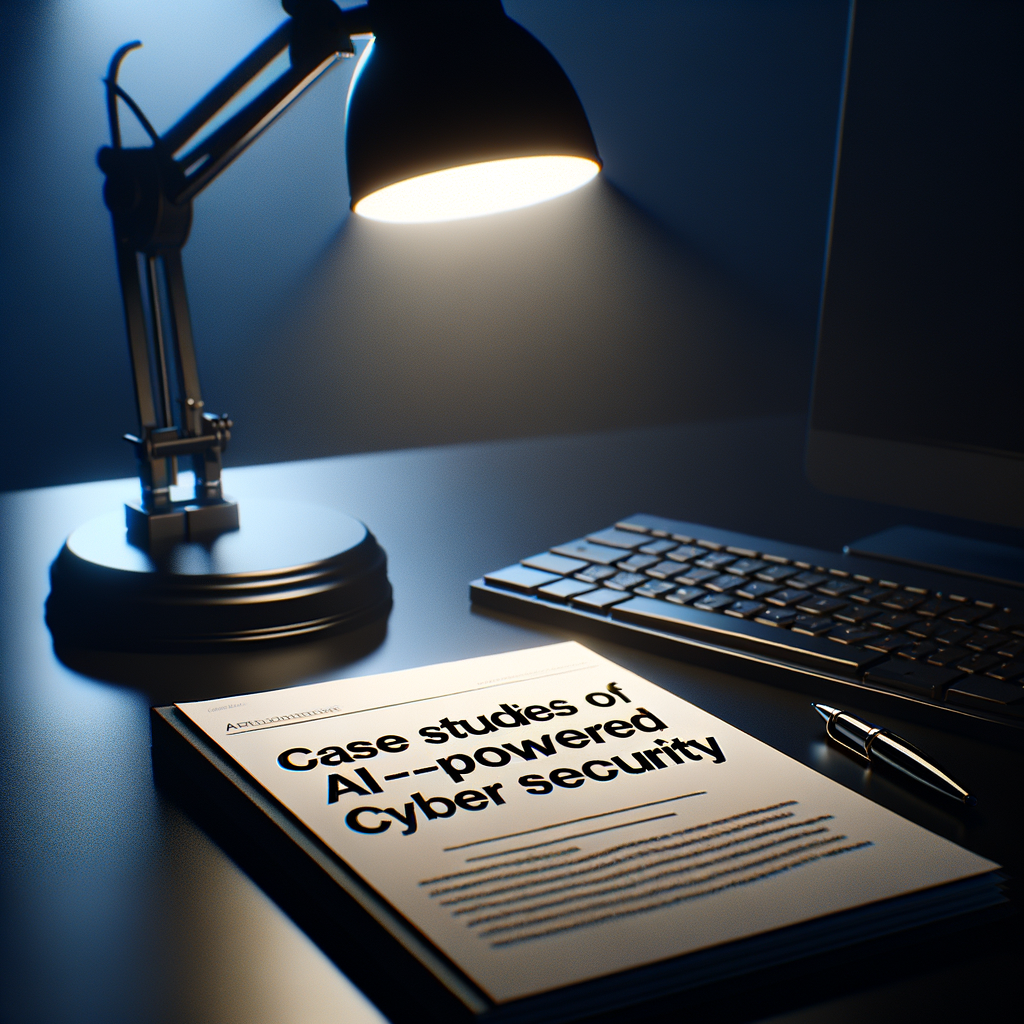
Major Companies Using AI in Cyber Defense
Companies like IBM, Google, and Microsoft have integrated AI into their cybersecurity strategies with impressive results, often staying ahead of emerging threats.
Success Stories and Lessons Learned
These companies’ experiences provide valuable insights into the best practices for implementing AI in cybersecurity, as well as the challenges they have faced along the way.
10. Future Trends in AI-Powered Cybersecurity
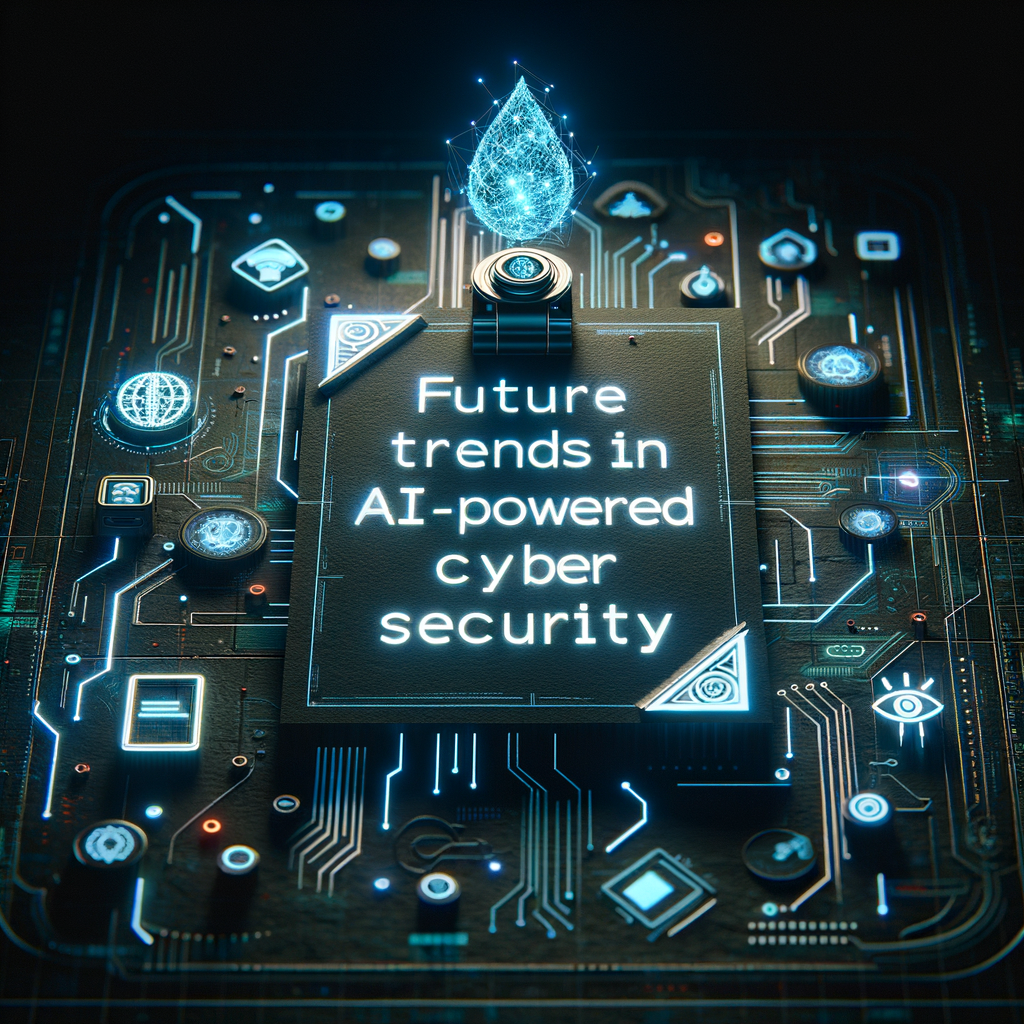
The Rise of Autonomous Cyber Defense
Autonomous systems that can independently detect and respond to threats are on the horizon, promising to revolutionize cybersecurity.
AI and Quantum Computing in Cybersecurity
The combination of AI and quantum computing could lead to even more powerful cybersecurity solutions, capable of defending against the most advanced threats.
11. Balancing AI and Human Expertise

The Need for Human Oversight
Despite AI’s capabilities, human oversight remains essential to ensure that AI systems are functioning correctly and ethically.
Collaboration Between AI and Cybersecurity Professionals
AI is not a replacement for cybersecurity professionals but a tool to enhance their effectiveness. Collaboration between AI and human experts is key to a robust cybersecurity strategy.
12. Regulatory and Compliance Considerations
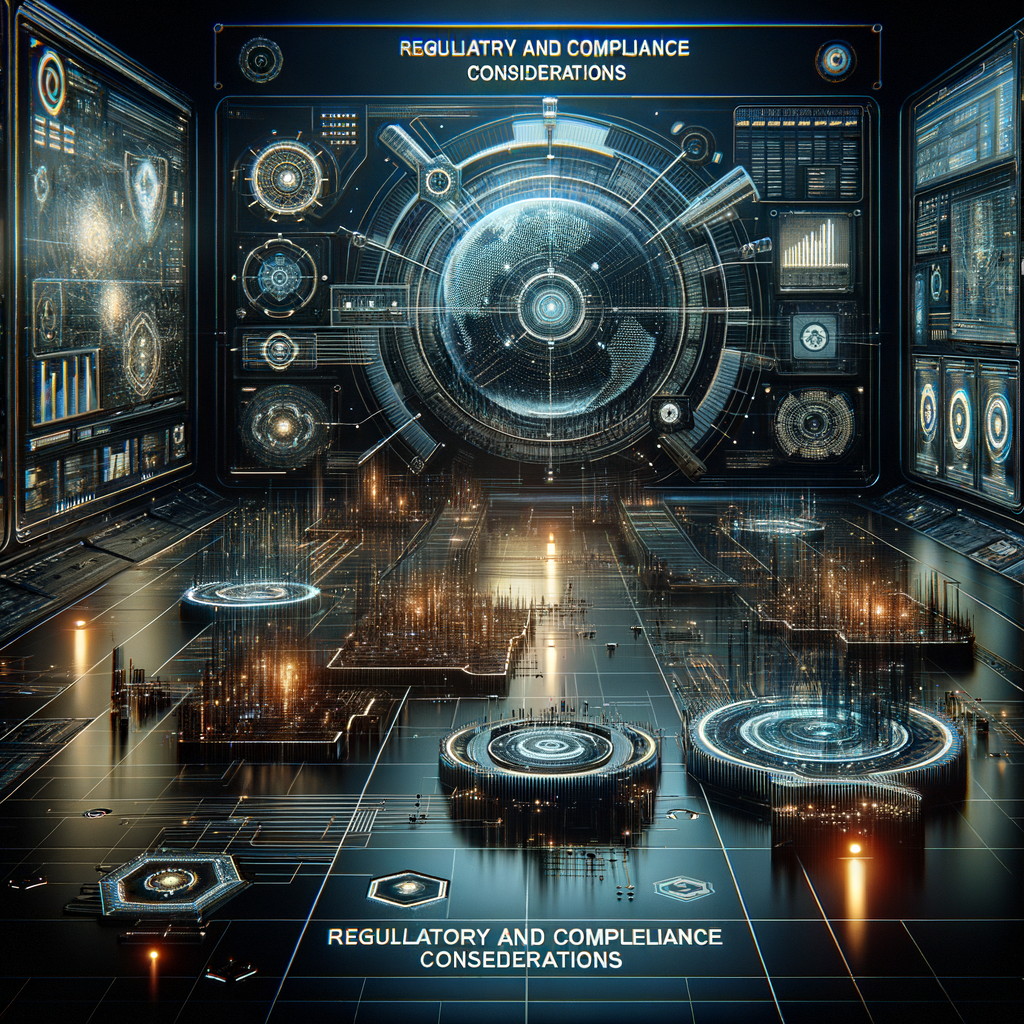
GDPR and AI in Cybersecurity
The General Data Protection Regulation (GDPR) imposes strict rules on how data can be processed, which includes AI-driven cybersecurity tools.
Future Regulations on AI in Cyber Defense
As AI continues to evolve, we can expect more regulations to emerge, guiding the ethical use of AI in cybersecurity.
13. Implementing AI in Your Cybersecurity Strategy
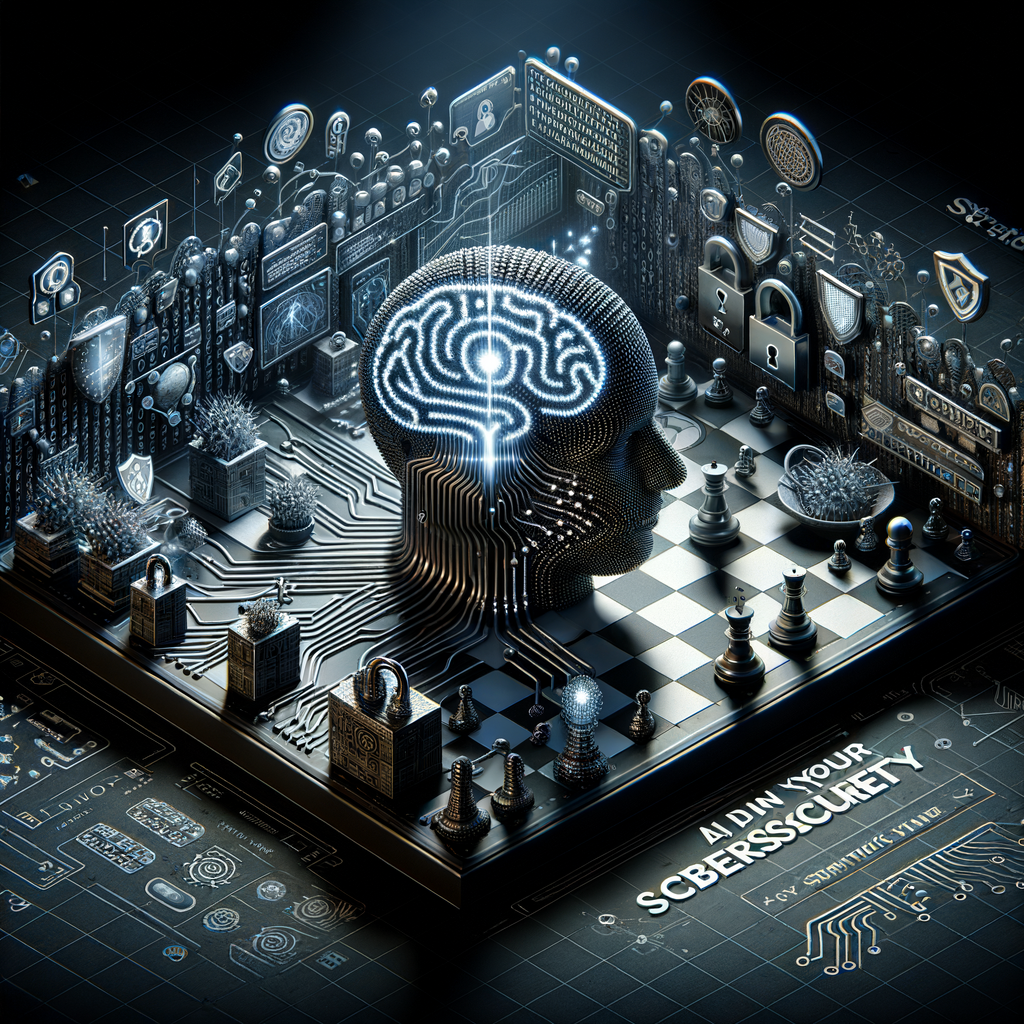
Steps to Begin Using AI
Start by assessing your organization’s specific needs and identifying areas where AI can provide the most value.
Choosing the Right AI Tools
Select AI tools that align with your organization’s goals and are compatible with your existing infrastructure.
Best Practices for AI Integration
Ensure that AI is integrated into your cybersecurity strategy in a way that complements and enhances your existing defenses.
14. Conclusion
AI-powered cybersecurity represents the future of digital defense, offering advanced tools and techniques to protect against the ever-evolving landscape of cyber threats. By combining AI with human expertise, organizations can build robust defenses that adapt to new challenges and keep their data safe.
15. FAQs

What is AI-powered cybersecurity?
AI-powered cybersecurity involves using artificial intelligence technologies like machine learning and natural language processing to enhance threat detection, automate responses, and predict potential security breaches.
How does AI improve threat detection?
AI improves threat detection by analyzing large amounts of data in real-time, identifying patterns and anomalies that may indicate a cyber threat, and predicting new types of attacks.
Are there risks to using AI in cybersecurity?
Yes, there are risks, including data privacy concerns, ethical considerations, and the potential for AI bias and false positives.
What industries benefit most from AI in cybersecurity?
Industries such as finance, healthcare, and technology, where data security is paramount, benefit significantly from AI-powered cybersecurity.
How can small businesses implement AI in their cybersecurity strategy?
Small businesses can start by identifying key areas where AI can enhance their cybersecurity, such as threat detection and incident response, and selecting affordable AI tools that fit their needs.

